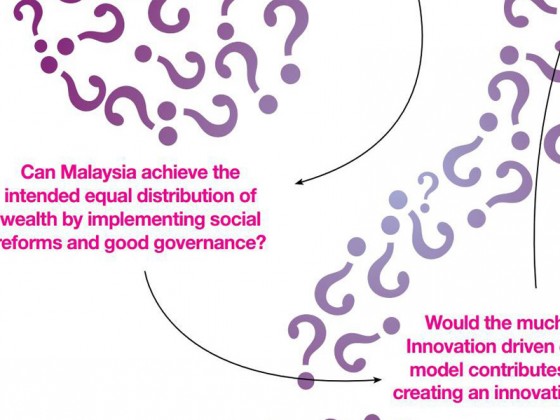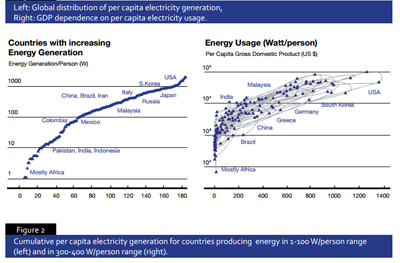by | K. Thambiratnam, M.S. Shahir
Throughout the world, research and development (R&D) remains a key priority in the national agenda of developed and developing countries.
R&D has been recognised not only as engine of growth for the economy, but also a catalyst for the further development of mankind as a whole. In this article, we will examine the role of research and development as a generator of wealth for Malaysia, and also the approaches that can be taken to realise this. The challenges and possible problems that can arise in making research and development a key component of the economy are also examined.
Research in Malaysia : An Overview
The government of Malaysia has long recognised the importance of research and development as engines of growth for the economy. In our previous article, we examined research and development activities in Malaysia, with a particular focus on conducting research with outputs that were relevant to the needs of the public and able to reach the market. The reason for this is simply that research and development is a very expensive endeavour, and to conduct R&D purely for the sake of knowledge is a luxury that can be ill-afforded, especially in a developing country such as Malaysia, where funds must be allocated to the needs of the public.
Malaysia is efficiency driven economy and not yet innovation driven. This is evident from the country’s ranking of 26th in the World Economic Forum competitive ranking. Furthermore, Malaysia’s 5.7 utility innovations per million population in 2009 with the percentage of GDP for R&D standing at 0.64% as of 2006, which is not surprising as Malaysia is still a developing country. This infers that the goals and the priorities of the nation are still focused on the development of the nation and not primarily research and development. The question that arises now is whether or not to increase the focus on research and development, and at what cost? This requires prioritization by the nation, where subsidization or expenditure for the research and development can be balanced with subsidization or expenditure for the public or in simpler terms: to increase research output (inclusive innovation and products) without skewing wealth distribution.










